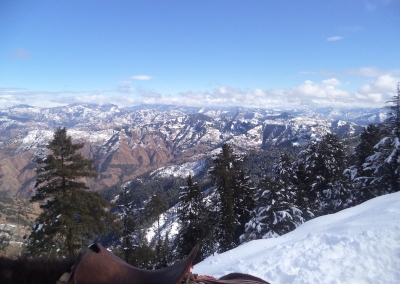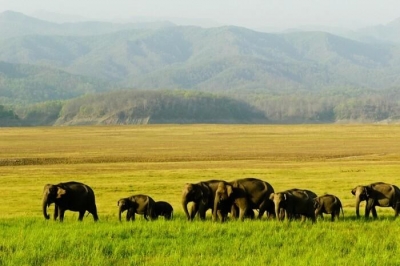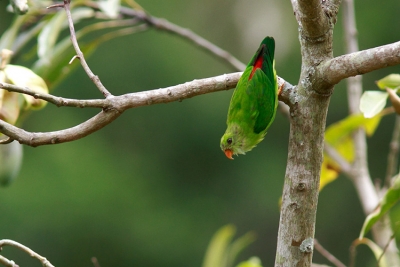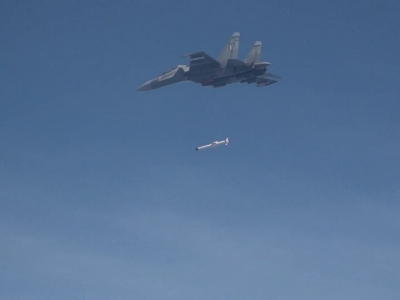What is the history of the Great Himalayan National Park?

Located in the Kullu district of Himachal Pradesh, in the far western Himalaya one can find the Great Himalayan National Park. Initially constituted in 1984, the park was formally notified as a national park in 1999. The park is spread over an area of 1171 sq km at an altitude between 1500 and 6000 metres
The Great Himalayan National Park Conservation Area is characterised by high alpine peaks, alpine meadows and riverine forests. It protects the monsoon-affected forests and alpine meadows of the Himalayan front ranges and is part of the Himalaya biodiversity hotspot.
The site is known as a biodiversity hotspot as it includes twenty five forest types along with a rich assemblage of fauna species, several of which are threatened. The national park lies at the junction of two major biogeographic realms - the Palearctic and Indomalayan. The park includes the Upper Mountain glacial and snow melt water source origins of the Jiwa Nal, Sainj, Thirthan and Parvati rivers which are all tributaries of the River Beas. The park also has several catchments of water supplies which are vital to millions of downstream users.
Flora and Fauna
Due to its diverse climatic conditions, the Great Himalayan National Park is home to many uncommon endemic and endangered species of flora and fauna. The number of plant species in the park is around 840, consisting of 26% of the total flora of Himachal Pradesh. One can find 794 flowering plant species (58% of which are endemic to the Western Himalayas). 11 gymnosperm species (pines, conifers and cypresses) and 27 fem species in the park. Apart from these, one can find spruces and horse chestnuts in the valleys.
When it comes to the fauna in the park, there are more than 375 faunal species. Thus far, 31 mammal species, 209 bird species, 12 reptile species, nine amphibian species and 125 insect species have been identified in the park. At the higher altitudes of the park, one can find animals such as blue sheep, snow leopard. Himalayan brown bear. Himalayan tahr, and musk deer.
The park is home to four globally threatened species of mammals, three globally threatened bird species, and a large number of medicinal plants.
Most of the fauna in the park is given protection under the high priority protection category of Schedule of the Indian Wildlife (Protection) Act. 1972. The government of Himachal Pradesh has also banned hunting in the state since the last few years.
Picture Credit : Google













